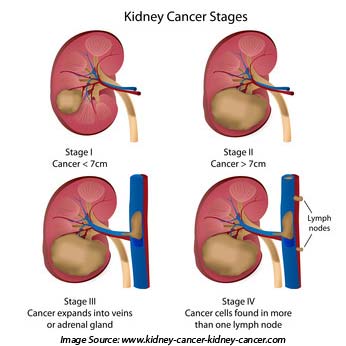Dermatomycosis is a fungal skin disease. This ailment, also known as trichophytosis, causes fungal bacteria Microsporum or Trichophyton. A person can get infected both from another person, and from an animal. It is important to conduct timely treatment of the disease in order to prevent the development of complications.
Usually pathology develops on:
- smooth skin;
- head in the area of hair growth
- external genitals
- skin of the feet.
The majority of patients with trichophytosis are children, and inguinal dermatomycosis is a disease most often affected by adults. It is characterized by the appearance of erythematous-type plaques and severe itching.
Ways of infection
Dermatomycosis can be purchased if:
- contacting the patient
- touch objects that the patient uses;
- contact with stray animals
- touch the seat backs in public transport
Trichophytosis of smooth skin is a more rare phenomenon and occurs with close contact with the diseased. The chronic appearance of the disease develops in patients with weakened immunity, and also usually manifests itself in childhood. He does not heal to the end, but proceeds in a latent form. Such patients have flaky areas on the skin, which are usually localized in the region of the temples or occiput.
Classification of ailment
Dermatomycosis can be of the following types:
- Mycosis on the feet
- smooth skin dermatomycosis. It is shown by peeling spots from white to brown, which are usually localized on the shoulders, back or neck. They can grow over time;
- dermatomycosis of feet and hands. Dermatomycosis of the foot is characterized by the appearance of spots and itchy cracks on the legs. This type of disease is characterized by the appearance of sores and blisters
- inguinal dermatomycosis. The spots are localized on the lower part of the abdomen, hips (especially on the inner surface), buttocks or perineum. Inguinal dermatomycosis involves the presence of spots that have inflammatory areas and are colored in different shades — from pink to brown
- Mycosis of the scalp. It usually occurs in children and is manifested by the presence of round spots, which are shelled. At the site of their localization the patient’s hair falls out or thinens. When breaking the hair in its place, there remains a stump, which looks like a black dot;
- onychomycosis. Affects nails. They change their color and become thicker. Affected nails often crumble;
- face dermatomycosis. It affects the upper or lower lip, as well as the skin on the chin. Characterized by the appearance of nodes that have a bluish tint, which contain a turbid liquid. After the merging of such nodes, the skin becomes rough.
Symptoms:
Symptoms of trichophytosis usually begin to appear one week after contact with a sick person, animal or objects that the infected person used. Symptoms vary depending on the site of the skin lesion
- The superficial lesion is characteristic of the head and smooth skin. In this case, the skin forms circular plaques, which can easily be seen with the naked eye. If the plaque is formed on the site of the hair follicle, then the hair in this place begins to break down or falls out. On the remaining hair there is a plaque of gray color, which is a fungal spore (a characteristic symptom). Smooth plaques are formed on the smooth skin, which itch, and have a rim painted in red;
- inguinal skin lesions are characterized by the appearance of symptoms of inflammation in the groin, buttocks or thighs. It arises because of neglect of the rules of personal hygiene, the wearing of linen from synthetic materials, as well as high sweating
- Onychomycosis promotes the appearance of white or yellow spots on the nail plate.
If you do not notice the symptoms of dermatomycosis of the feet or other part of the body in time, it leads to complications of an infectious nature. On the affected areas, pus can form, which will contribute to worsening of well-being. There are headaches, general weakness and enlarged lymph nodes.


Treatments:
Treatment of pathology involves antifungal therapy. If therapy is started at the first symptoms of the disease, it will be highly effective and will help to completely cure the patient of dermatomycosis. The doctor prescribes ointments, creams or shampoos that contain antifungal agents to treat the patient. These include Exoderyl, Lamisil and other means. Another method of treatment is rubbing the affected areas with iodine.
To get rid of inflammation, the patient should take anti-inflammatory and hormonal drugs.
When the first signs of skin damage appear, the patient should immediately consult a doctor so that he is given the right treatment, because self-medication can lead to various complications that worsen the appearance of the skin and the general condition of a person. During the prescribed course of treatment, the patient should be isolated from contact with others.
Treatment with folk remedies is also effective. There are such popular recipes:
- grease the cabbage leaf with sour cream and apply to the affected skin
- mix mustard with vinegar and make a medical compress






























